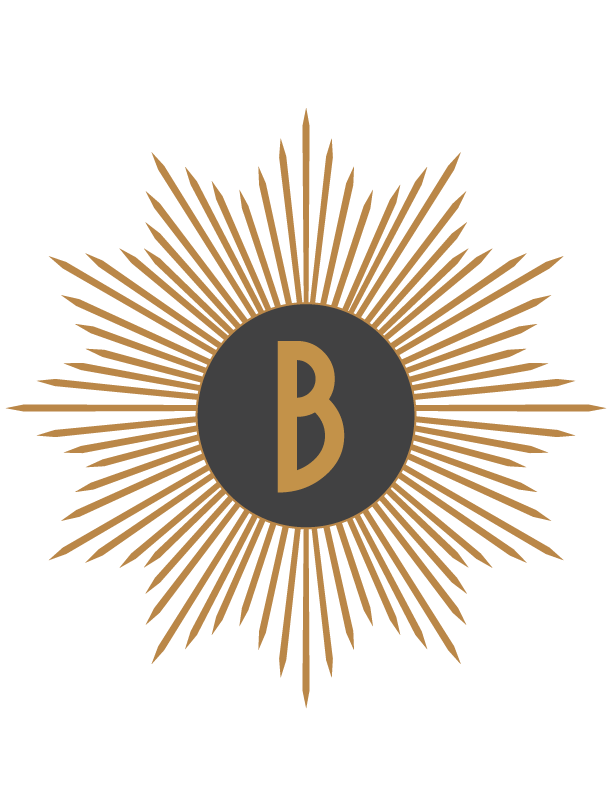By Tom Lindstedt
(LAST GIN AT) MARIENBAD
stirred — Coupe / seasonal berry garnish (optional)
2.0 oz gin (Tanqueray No.Ten suggested)
0.75 oz dry vermouth (Dolin preferred)
Dash (2) Campari
Dash (1) blue curaçao (Giffard preferred)
* Due to the variability of a “dash”, feel free to combine a small amount of Campari with blue curaçao at a two-to-one ratio, then measure out a scant quarter ounce for the drink.
For the small subset who have seen the 1961 French film “Last Year At Marienbad”, this drink will begin to make sense, like recalling a dream through its following morning haze. The full inspiration came when color photographs of the elaborate set revealed striking violet fabric that were used for one scene, all filmed in black and white. The notion to “hide” vibrant colors behind a monochromatic presentation resonated as a fun challenge, made doubly interesting in that most colorful liqueurs have diverse flavors that might compete with one another even if the color goals are achieved.
The targeted coloration effect being heady enough already, the underlying drink had to be universally appealing and defer explanation — the gin Martini being an exemplar option to fit that bill. Removing the color aspects out of the equation, the drink is a more classically proportioned Martini (vermouth heavy) with a dash of orange bitters and a hint of sweetness for additional balance. On paper, it sounds nothing like that, and in low light the deep indigo is easily taken for a pristine grayscale shade in the glass. Defying expectations and explanations at several turns, this cocktail was an early spirit animal for the Last Meal series at every juncture. Coincidentally, there are regional marionberries that come to mind in relation to the film’s name which easily work as garnish.
DIY:
GIN —
This is essentially a classic gin martini with a dash of bitters, so select a gin full on flavor that you prefer. Traditional style gins work best—for our tastes—or other mainstream offerings with a softened palate like Tanqueray No.Ten and Hendricks. It should also be noted, avoid any base spirit with coloration from barrel aging or herb-infusion, as that would defeat the (visual) purpose of the drink.
VERMOUTH —
Thankfully, vermouth is seeing a bit of a comeback, with better and better options now becoming available. As access to new (and older) brands continues to grow, still remember that with any wine-based product, it’s best to refrigerate the unused portion when not in use—and be timely about consuming the vermouth as its quality will fade over the weeks. Cinzano is fine and inexpensive, but Dolin delivers a solid dry vermouth. Spanish versions seem to be more spice-dominant, if you go that route, and just make sure you’re not accidentally purchasing a semi-sweet blanc variation unless that’s how you roll.
TECHNICOLOR BITTERS —
For Japanese bartending and color theory in drinks, Kazuo Uyeda’s “Cocktail Techniques” is required reading. This cocktail somewhat skews color theory by aiming to create “anti-color”, or at the least something less vibrant than a typical colorful drink. Campari speaks for itself and should be a constant staple in contemporary bars, be it at home or otherwise. Select a blue curaçao with good flavor, as you’ll be stuck with a lot of extra: top choices include Giffard and Señor Curaçao, with Bols being the best of the widely available brands. Certain violette liqueurs, when mixed with the signature red of Campari, produce a better gray, but orange bitters were purportedly essential in the classic, vermouth-heavy Martini, so curaçao it is.
From his very first stints at bartending, Tom has enjoyed scripting cocktail menus within specific themes. Overseeing two restaurant cocktail programs (Biwa, Little Bird) prior to establishing those at Barlow and High Noon, Tom is drawn as much to the educational aspects of craft cocktailing as the actual service and hospitality elements.







